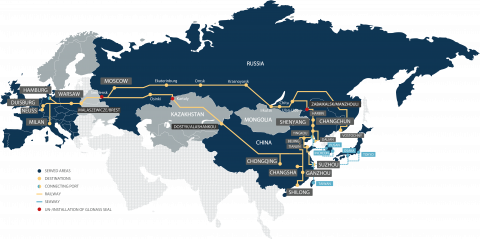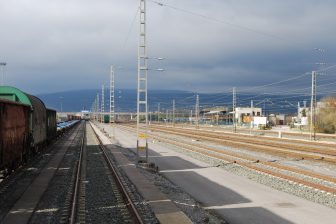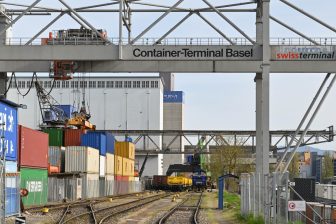
Interoperability and in-between destinations pivotal for EU-Asia connection
The implementation of a fully interoperable connection of the corridors between Eu-Asia is of priority. Additionally, the provision of technical knowledge to countries that are part of the New Silk Road, and the improvement of their infrastructure is equally important. This is Miroslav Haltuf’s perspective, regarding the initiatives that could accelerate developments on the Eurasian rail connections.
Do you want to read the full article?
Thank you for visiting RailFreight.com. Become a member of RailFreight Premium and get full access to all our premium content.
Are you already a member?
Having problems logging in? Call +31(0)10 280 1000 or send an email to customerdesk@promedia.nl.




